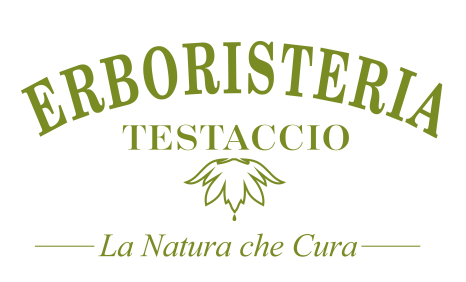Ligne De Plantes
Ligne De Plantes Ligne Dren Cell BIO 500 ml
Ligne De Plantes Ligne Dren Cell BIO 500 ml
Couldn't load pickup availability
Red vine leaves promote the functionality of the microcirculation (heaviness in the legs) and regular cardiovascular function. Antioxidant.
Birch leaves promote the drainage of body fluids, the functionality of the urinary tract and the purifying functions of the body.
Witch hazel leaves promote the functionality of the venous circulation (functionality of the haemorrhoidal plexus) and the regularity of intestinal transit. Antioxidant.
The aerial parts with Sweet Clover flowers promote the functionality of the venous circulation (functionality of the haemorrhoidal plexus), the functionality of the microcirculation and the drainage of body fluids.
Hibiscus flowers promote the drainage of body fluids, the regularity of blood pressure, the functionality of the urinary tract and the regularity of intestinal transit. Antioxidant.
The only green aerial parts of Centella Asiatica combat the blemishes of cellulite and promote the functionality of the microcirculation (heaviness in the legs).
Pineapple jams promote the digestive function, the drainage of body fluids (heaviness in the legs), the functionality of the microcirculation and the contrast of cellulite blemishes.
Ligne dren cell is a supplement designed to improve microcirculation, counteract the production of free radicals and detoxify the skin.
Inside we find:
Red vine : Red vine leaves contain a variety of phytoconstituents that show high antioxidant activity including tannins, phenols and anthocyanins. Furthermore, it has excellent anti-inflammatory, antibacterial and vasorelaxing properties.
In numerous clinical and in vitro studies, the ability of an aqueous extract of vine leaves to inhibit inflammatory conditions in human keratinocytes (HaCaT cells) stimulated with proinflammatory agents (tumor necrosis factor-alpha (TNF-alpha) or lipopolysaccharide) was tested. (LPS)) or pro-oxidant mediators (ultraviolet B radiation or H2O2).
The result was that the extract inhibited the secretion of interleukin-8 (IL-8) induced by proinflammatory stimuli, acting on the activity of the IL-8 promoter. Furthermore, it inhibits the secretion of vascular endothelial growth factor, a regulator of angiogenesis (1,2).
Birch : Betula pendula, commonly known as silver birch, is a tree native to Europe and Asia. In traditional Eastern European medicine, it is used as a diuretic, especially in cases of cystitis, as well as as a support in cases of rheumatism and arthritic diseases as it is rich in minerals.
Recent studies have shown that its diuretic potential derives from its endopeptidase inhibitory properties, while the xanthine oxidase inhibitory properties make it very useful in the treatment of gout. Furthermore, birch leaf extract inhibits the growth and cell division of inflammatory lymphocytes, as well as inhibiting tyrosinase, the enzyme that catalyzes the early stages of melanin biosynthesis. Birch leaf extract also shows antioxidant and heavy metal chelating properties (3,4,5).
Witch Hazel : Hamamelis virginiana L., commonly known as Virginia witch hazel (WH), is native to North America and has traditionally been used as a medicine by indigenous Native American populations.
Its main applications are for the treatment of hemorrhoids, superficial skin wounds and skin inflammation, in the form of decoctions, or by ingestion of the extract, it has been widely used in the treatment of colds and fevers. (6)
Numerous studies have reported the anti-inflammatory, antioxidant, and antiproliferative properties of witch hazel extracts. (7, 8) Its uses as an astringent and for the treatment of acne and irritable scalp conditions have also been documented.
Mild antiviral activities have also been reported, particularly against Staphylococcus S. aureus and S. epidermidis, as it contains 5% urea, which contributes to this activity.(9)
Sweet clover : Modern research shows that Melilotus officinalis contains coumarins, flavonoids, steroids and saponins, phenolic acids, volatile components, fats, alcohols, uric acid and other chemical compounds, with anti-inflammatory, anti-edema and anticancer properties, as well as therapeutic effects against hemorrhoids, thrombophlebitis and varicose veins.
Coumarin, phenolic acids, flavonoids and saponins from sweet clover have a notable anti-inflammatory effect. Thanks to the high presence of coumarins, M. officinalis extracts have been clinically tested for the treatment of diabetic foot ulcers.(10,11,17)
In a study conducted in 2017, its ability against liver damage induced by paracetamol and carbon tetrachloride was tested. Sweet clover at selected oral doses of 50 mg/kg and 100 mg/kg showed significant hepatoprotective effects by decreasing the levels of inflammatory markers such as total bilirubin, SGOT, SGPT, ALP, albumin and total proteins, compared to the standard drug (silymarin ) and the control group treated with placebo.
Likewise, histopathological studies also supported the biochemical estimates. It was concluded that Sweet Clover extract has a strong hepatoprotective and purifying activity, thanks to the free radical scavenging mechanisms shown by flavonoids and phenols, thus affirming its therapeutic role in liver damage.(18)
Hibiscus : Hibiscus sabdariffa has traditionally been used as a food, in herbal beverages, in hot and cold beverages, as a flavoring in the food industry, and as a dietary supplement.
In vitro and in vivo studies, as well as some clinical studies, have shown that it has important antibacterial, antioxidant, nephro- and hepatoprotective effects, renal/diuretic effects, effects on lipid metabolism (anticholesterol), antidiabetic and antihypertensive.
This is linked to the presence of phenolic acids (in particular protocatechuic acid), organic acid (hydroxycitric acid and hibiscus acid) and anthocyanins (delphinidin-3-sambubioside and cyanidin-3-sambubioside), which possess strong antioxidant activities, inhibitors of alpha-glucosidase and alpha-amylase, angiotensin converting enzymes (ACE) and also have a direct vaso-relaxing effect and calcium channel modulation. (12).
Other in vitro and in vivo studies have shown that Hibiscus extract inhibits amylase activity by blocking sugar and starch absorption, which can certainly aid in weight loss in individuals following a healthy diet. (19)
Hibiscus also has an important action, which in synergy with the other plants present in the product enhances its effect, that is, it counteracts adipogenesis by inhibiting the transcription factors PPAR-gamma and C/EBP-alpha. In this evaluation it was also noted that the extract reduced the levels of leptin mRNA (a hormone produced mainly by adipose cells that helps regulate energy balance)(20)
Centella : Centella Asiatica, commonly known as gotu kola, is a natural remedy known in Ayurvedic medicine to increase microcirculation while also promoting memory.
The triterpene glycosides asiaside and madecassoside and their corresponding aglycones, asian acid and madecassic acid, collectively known as centelloids, are considered the predominant bioactive compounds of the plant, although recent studies by a group of researchers suggest a therapeutic role for its acid constituents caffeoylquinic, in preclinical studies, the aqueous extract of Centella demonstrates biological effects relevant to memory, learning, cellular aging, mood and potentially slows the progression of Alzheimer's disease.
These include modulation of antioxidant pathways and improvement of mitochondrial function. Furthermore, similar extracts have been shown to modify brain structure by increasing the dendritic arborization of hippocampal neurons, contributing to cognitive improvements.(13,14)
Pineapple :
Bromelain, the primary protease of Ananas comosus, has been known chemically since 1876, and work on its isolation began in 1894.
In biochemical terms, bromelain is a non-toxic compound with therapeutic values, classified as a protein-digesting enzymatic protease.
It is worth noting that bromelain extract, in addition to various thiol endopeptidases, also includes other components such as phosphatases, glucosidases, Cellulases, peroxidases, glycoproteins, carbohydrates, several protease inhibitors and organically bound Ca2+. The percentage composition of bromelain extract is assumed to be 80% stem bromelain, 10% fruit bromelain, 5% ananain and other ingredients.
Bromelain has numerous properties (immunomodulatory, antiviral, antibacterial...) but in synergy with the other plants in the product we will focus more on its anticoagulant power.
The ex vivo studies were conducted on patients after myocardial infarction and stroke, treated with high concentration bromelain administered orally. Bromelain has been shown to cause a decrease in platelet aggregation, thus reducing the risk of arterial thrombosis and embolism.
Bromelain regulates blood coagulation homeostasis by inhibiting fibrin synthesis and increasing serum fibrinolytic activity.
At high concentrations of bromelain, inhibition of prothrombin to thrombin conversion was observed, resulting in prolongation of prothrombin time (PT) and activated partial thromboplastin time (APTT) and a decrease in ADP-induced platelet aggregation.
Furthermore, Metzig et al. [56], in studies of platelet aggregation and adhesion to endothelial cells, demonstrated that after incubation of platelets with bromelain before activation with thrombin, aggregation was completely stopped.
These studies, in addition to providing important data on the treatment of platelet aggregation, support the reasoning according to which taking pineapple in draining treatments promotes better circulation (macrocirculation and microcirculation), improving the elimination of waste and excess liquids, leading organs and tissues to a significantly lower level of inflammation.
INGREDIENTS:
Aqueous plant extract [obtained from 800 mg of Red Vine leaves* (Vitis Vinifera L.), 800 mg of Birch leaves* (Betula pendula Roth.), 800 mg of Witch Hazel leaves* (Hamamelis virginiana L. ), 800 mg of aerial parts with Sweet Clover flowers* (Melilotus officinalis Pallas), 400 mg of Hibiscus flowers (Hibiscus sabdariffa L.)] - 170 mg of dry extract 3/1 of aerial part (green only) of Centella Asiatica * (Centella Asiatica L.) - 90 mg of dry extract 5/1 of pineapple stems*(Ananas comosus (L.) Merr.) - Natural pineapple flavour.
*Ingredients from organic farming - Without alcohol, without preservatives
USE TIPS:
Take 50 ml per day diluted in one liter of water.
Share
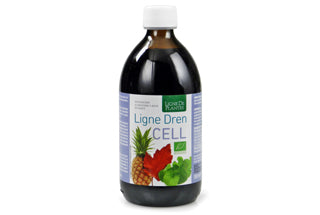
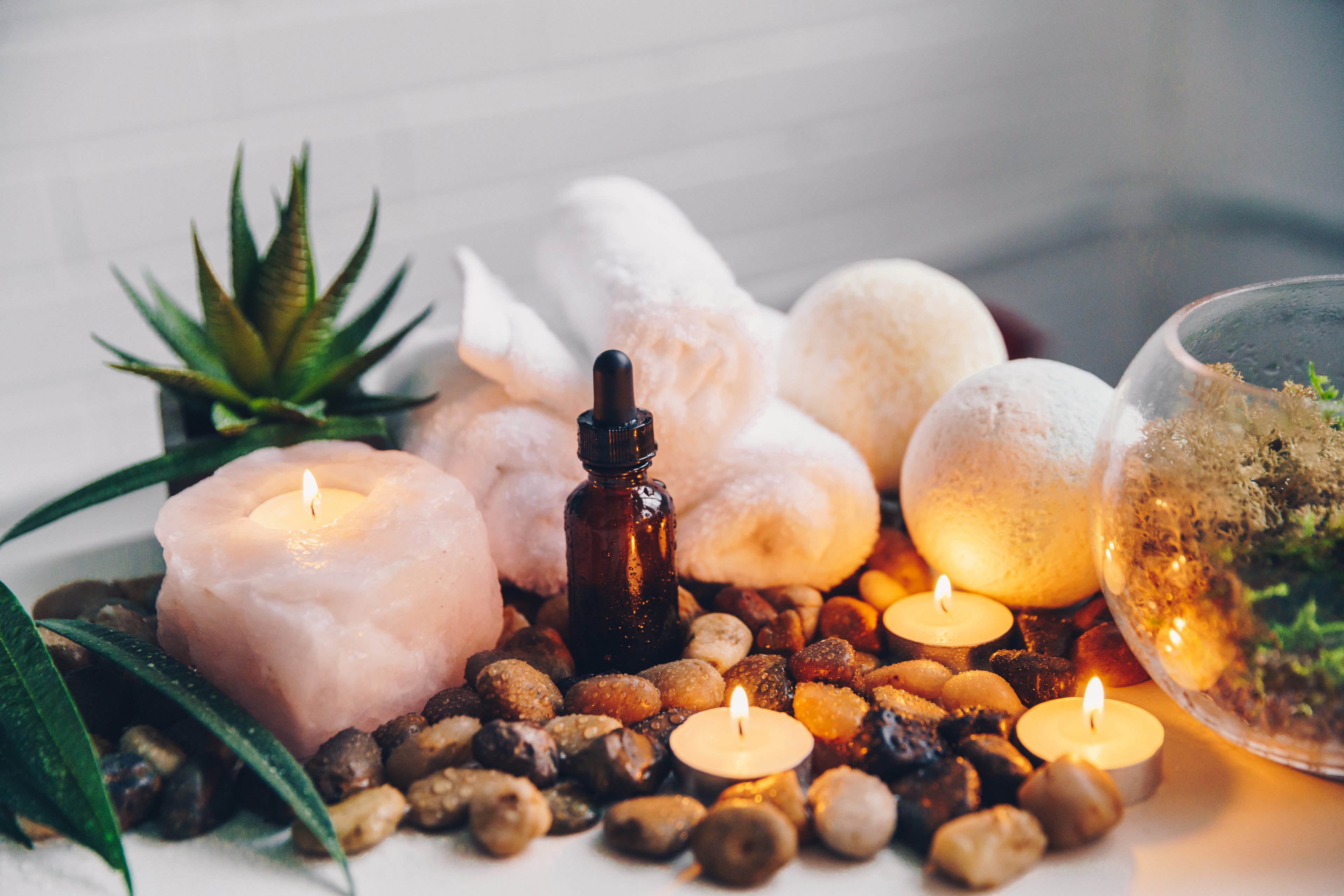
Our philosophy
None of our products contain petroleum derivatives, silicones or preservatives such as paba, formaldehyde releases or chlorine derivatives. No preparation is identical to another just as no flower is identical to another. Our products stand out for the production and processing of raw materials in an artisanal way while respecting nature.
Our advice
View all-

Dr. Raniero Iacobucci Protocol For Prostatic Hy...
Raniero iacobucciBenign prostatic hyperplasia (BPH) is a common condition that affects men aged 50 and over and is characterized by a noncancerous (benign) enlargement of the prostate that can make urination...
Dr. Raniero Iacobucci Protocol For Prostatic Hy...
Raniero iacobucciBenign prostatic hyperplasia (BPH) is a common condition that affects men aged 50 and over and is characterized by a noncancerous (benign) enlargement of the prostate that can make urination...
-
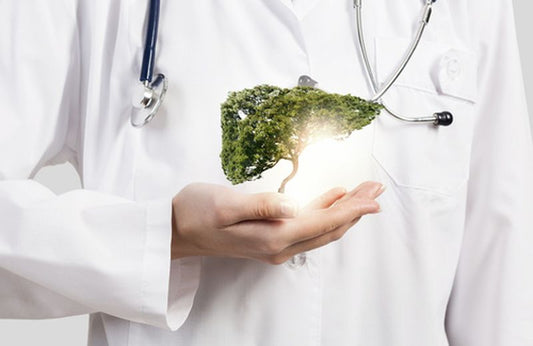
Liver purification – Cholagogic remedies
Raniero iacobucciThe importance of the liver in human pathophysiology is now an undisputed fact. The liver is the largest gland in the entire body and represents the center of the body's...
Liver purification – Cholagogic remedies
Raniero iacobucciThe importance of the liver in human pathophysiology is now an undisputed fact. The liver is the largest gland in the entire body and represents the center of the body's...
-
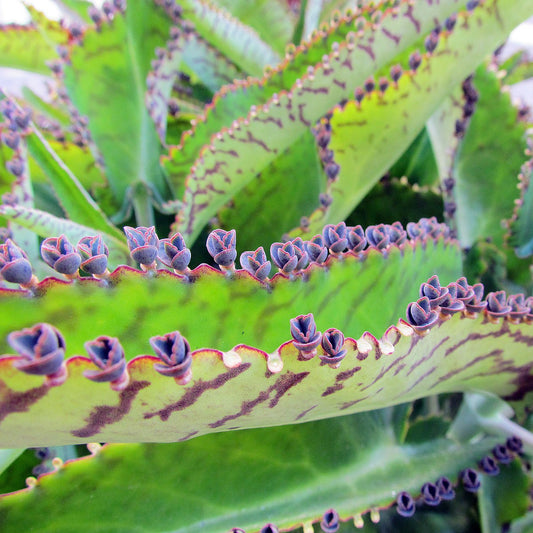
Pure Kalanchoe daigremontiana juice
Raniero iacobucciPure Kalanchoe daigremontiana juice From next week, pure juice will be available at the Herbalist's shop, obtained from the cold pressing of fresh Kalanchoe daigremontiana leaves. Does it contain preservatives? Since...
Pure Kalanchoe daigremontiana juice
Raniero iacobucciPure Kalanchoe daigremontiana juice From next week, pure juice will be available at the Herbalist's shop, obtained from the cold pressing of fresh Kalanchoe daigremontiana leaves. Does it contain preservatives? Since...
